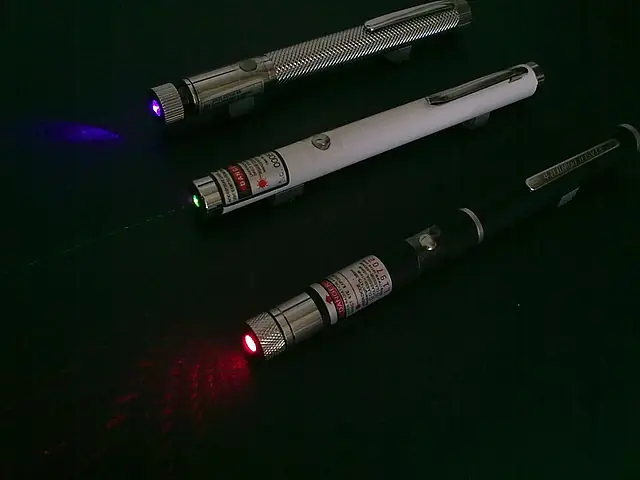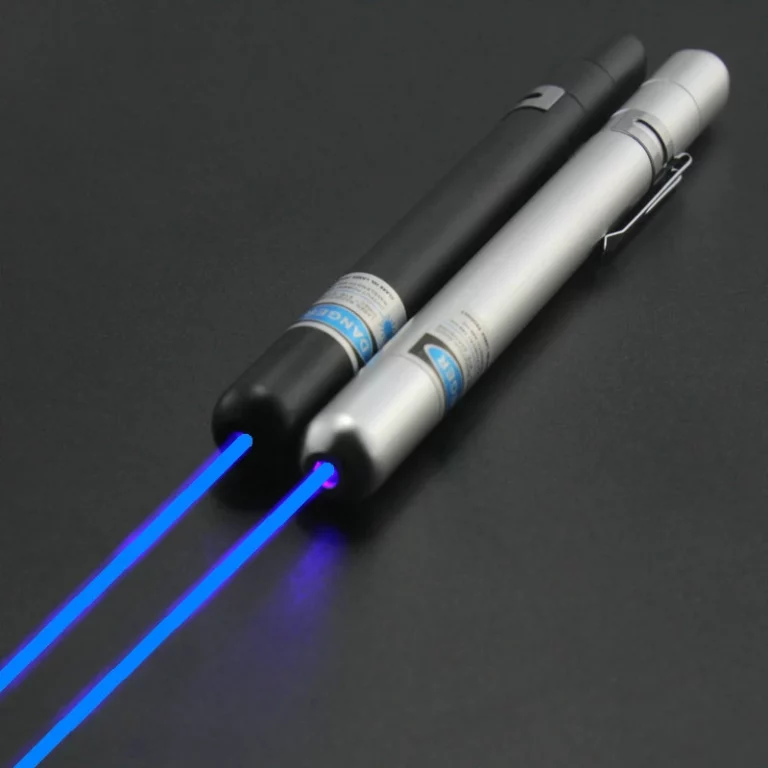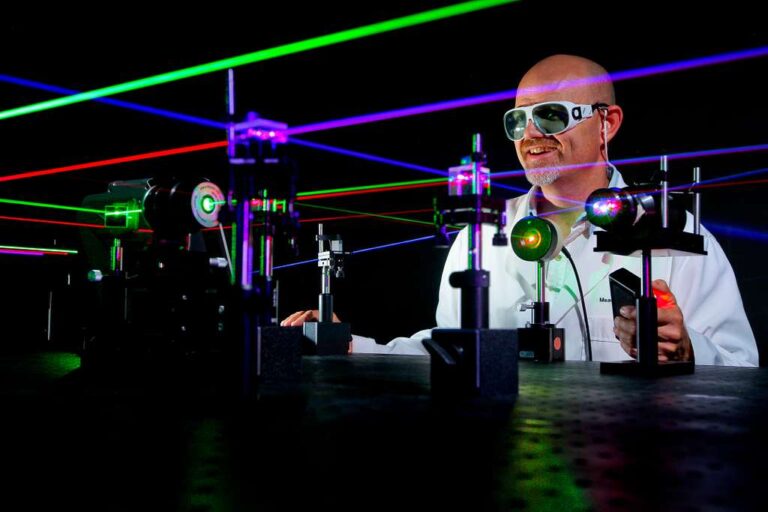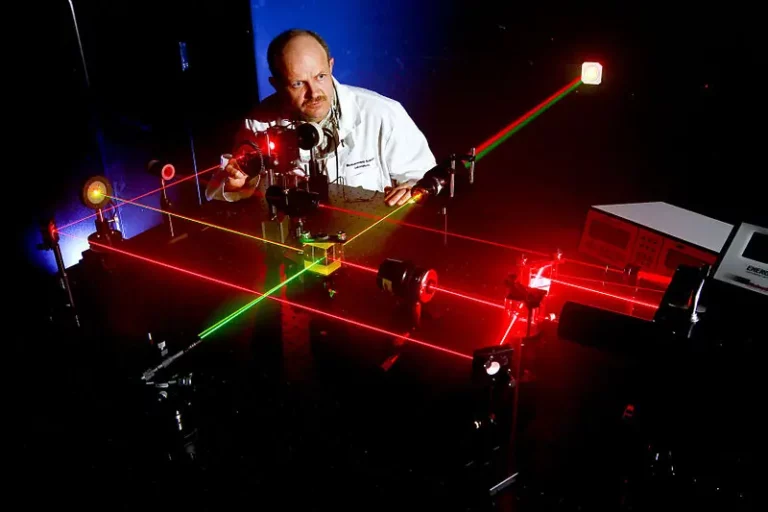How Safe Is Laser Engraving?
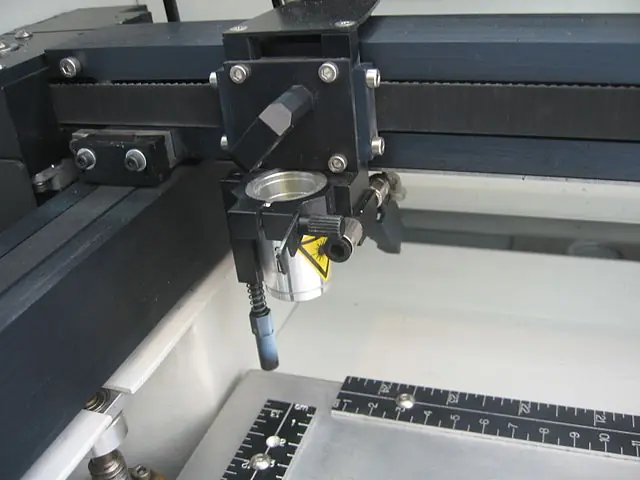
Laser engraving is a popular technique used in many industries, including jewelry, electronics, and art. It involves using a laser beam to etch designs or markings onto a surface. While laser engraving can produce highly precise and intricate designs, it is important to consider the safety aspects of this process.
There are two main types of lasers used in laser engraving: CO2 lasers and solid-state lasers. CO2 lasers use a gas mixture of carbon dioxide, nitrogen, and helium, while solid-state lasers use a crystal or glass material as the lasing medium. Both types of lasers can produce high-energy beams that can be hazardous to the human body.
Exposure to laser beams can cause eye injuries, including retinal damage and cataracts. It is important to wear protective eyewear when working with lasers, as the beam can bounce off reflective surfaces and reach the eyes indirectly. In addition, lasers can cause skin burns if the skin is exposed to the beam for too long.
Laser engraving machines also emit fumes and particles that can be harmful to inhale. These fumes can come from the material being engraved, as well as the laser itself. It is important to use proper ventilation and respiratory protection when working with lasers to avoid inhaling these fumes.
Despite these potential hazards, laser engraving is generally considered a safe process when proper safety measures are followed. This includes wearing protective eyewear, using proper ventilation and respiratory protection, and following the manufacturer’s safety guidelines for the specific laser machine being used.
In conclusion, laser engraving can be a safe process as long as proper safety measures are followed. It is important to follow the manufacturer’s guidelines and use protective eyewear and respiratory protection to avoid eye injuries and inhaling harmful fumes. By taking these precautions, laser engraving can be a safe and effective technique for producing intricate designs and markings.


